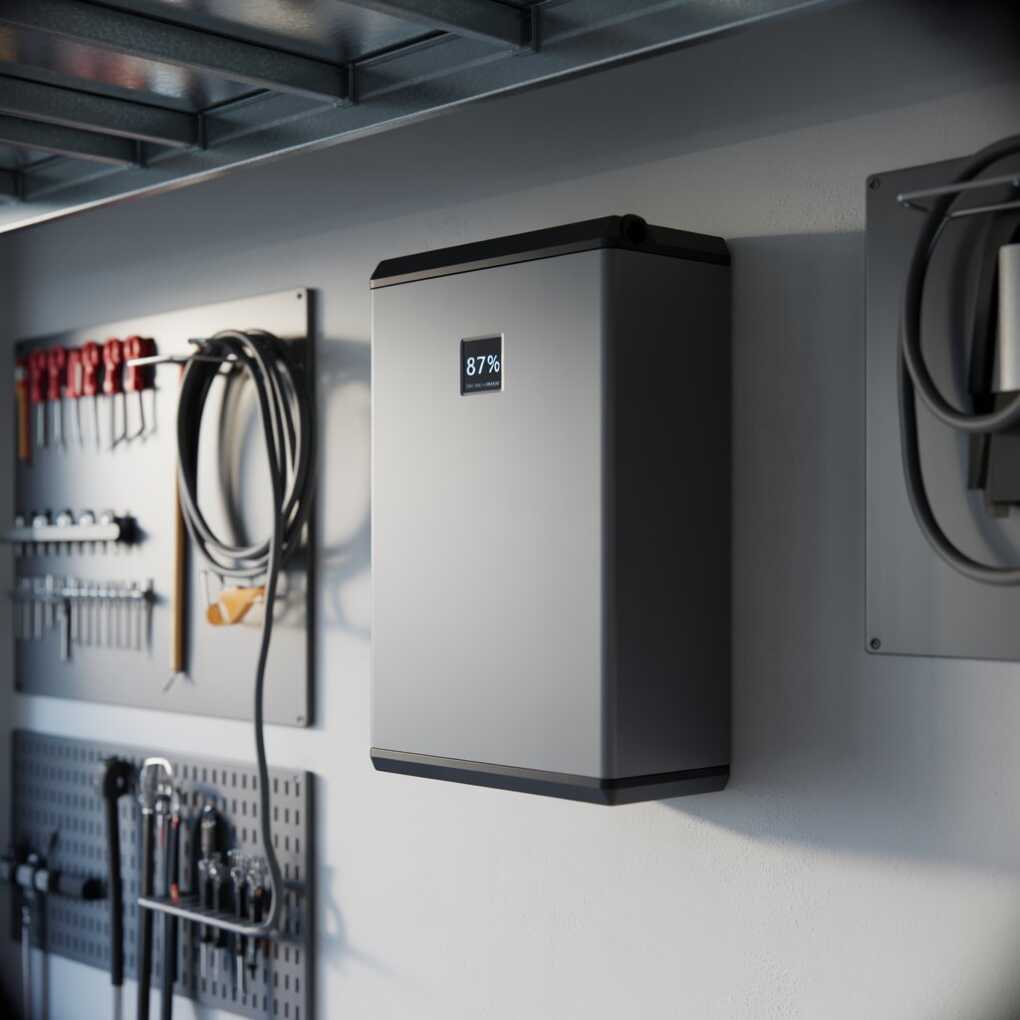As solar adoption continues to rise across Australia, battery storage has become the next frontier for homeowners and businesses looking to reduce reliance on the grid. But is 2025 finally the year to make the investment?
To help answer that, we consulted with the experts at Townsville Solar Panel Solutions, who’ve been installing solar-plus-battery solutions across Western Australia for over a decade. They shared what they’re seeing in the field – from real customer outcomes to the latest changes in pricing, tech, and policy – and helped us break down whether a battery makes sense now or still needs to wait.

The 2025 Battery Landscape: What’s Changed?
Just a few years ago, home batteries were seen as a niche luxury – expensive, underperforming, and mostly appealing to early adopters. But the market has shifted dramatically, and 2025 marks a new phase in battery viability.
Prices Are Finally Coming Down
Lithium battery costs have fallen nearly 60% in the past five years, driven by advancements in energy density, global manufacturing scale, and competition among brands. While a 10 kWh system might have cost over $13,000 in 2020, many Tier 1 batteries now sit in the $7,000–$9,000 range fully installed, and prices continue to trend downward.
New rebate programs, such as the Cheaper Home Batteries initiative launching nationally in July 2025, are expected to subsidize a portion of that cost, bringing battery storage within reach of more middle-income homeowners.
Grid Conditions Are Less Reliable
According to Townsville Solar Panel Solutions, one of the biggest drivers of battery uptake in WA has been grid unreliability—particularly in peri-urban and semi-rural areas. Frequent outages, voltage fluctuations, and load balancing issues are prompting many customers to seek energy independence.
Even in metropolitan Townsville, blackouts caused by summer heatwaves, storms, or infrastructure stress are becoming more common. Batteries allow homeowners to stay powered through outages while reducing strain on the local grid.
Battery Tech Is Smarter and More Reliable
Modern battery systems in 2025 are a far cry from their early predecessors. Features like:
- Real-time monitoring apps
- Time-of-use optimisation
- Backup power modes
- Seamless solar integration
…are now standard on most reputable systems.
Townsville Solar Panel Solutions often recommends lithium iron phosphate (LFP) batteries for their durability and thermal stability, especially in Australia’s hotter climates. These systems are now routinely guaranteed for 10+ years, with many offering 6,000–10,000 charge cycles – translating to a reliable 15–20 years of performance.
Should You Invest in a Battery Now?
Here’s how to break down the decision in 2025, based on real-world installs and Townsville Solar Panel Solutions’ experience with hundreds of WA homes and businesses.
When a Battery Makes Sense
1. You’re in an Area with Frequent Blackouts
If grid stability is a problem where you live, battery storage can be worth it for peace of mind alone. Townsville Solar Panel Solutions has seen strong uptake in the suburbs Townsville where outages are common.
2. You Have a High Evening Energy Load
If you’re at home in the evenings—running aircon, lights, appliances—storing excess solar and using it at night can make a significant dent in your energy bill.
3. You’re on a Time-of-Use Tariff
Battery storage is especially valuable when electricity prices spike during peak hours. Storing cheap daytime energy and using it at night can offset high-cost usage and flatten your bill.
4. You Want Grid Independence or Backup Power
A solar system without a battery shuts off during a blackout. If you want to keep essentials like your fridge, Wi-Fi, or medical equipment running, a battery is your only reliable option unless you go fully off-grid.
When a Battery Might Not Be the Right Fit
1. You Export Most of Your Solar at High Feed-in Rates
If your state or provider still pays a generous feed-in tariff (FIT), storing excess energy may not yield a better return than exporting it. That said, FITs across the country continue to decline—and will likely fall further in the coming years.
2. You Have Low Energy Use at Night
If you’re out most evenings or your home is highly efficient, your battery may take a long time to pay itself off. Townsville Solar Panel Solutions advises calculating your evening load carefully before committing.
3. You’re Planning to Move Within 5 Years
Battery ROI often takes 7-10 years depending on usage. If you’re selling soon, the system may not reach break-even during your ownership – though it could still add resale value depending on your market.
Return on Investment: What to Expect in 2025
- Payback Period (typical 10 kWh battery + 6.6 kW solar system): ~8–10 years (without rebate); 6–8 years (with new 2025 battery rebate)
- Annual bill reduction: $900–$1,500 depending on usage and tariff
- Backup capability: Lights, fridge, devices, and basic appliances powered during a grid outage
- Increase in self-consumption: From 25–30% up to 80–90%
According to Townsville Solar Panel Solutions, households that added a battery between 2022 and 2024 have already seen up to 70% reductions in their grid consumption and annual savings that exceed $1,200 – especially in homes with time-of-use pricing and large families.
What to Look for in a 2025 Battery System
- Battery Chemistry: LFP (lithium iron phosphate) is now the industry standard for safety and lifespan.
- Warranty: Look for at least 10 years or 6,000+ cycles.
- Storage Size: 10 kWh is a good starting point for a family home.
- Hybrid Inverter: If you’re starting from scratch, a hybrid inverter simplifies future battery additions.
- App Monitoring: Choose a system with robust, user-friendly monitoring for usage tracking and maintenance.
Brands frequently recommended by Townsville Solar Panel Solutions include Tesla Powerwall 2, Sungrow, BYD, and Alpha ESS – all with proven performance in Australian conditions.
Is 2025 the Year to add battery storage to your Solar Panel System?
For many Australians – especially those in regions like Townsville, where grid reliability is becoming more fragile – 2025 is the tipping point. With falling prices, smarter tech, new government rebates, and real performance data from early adopters, the case for batteries has never been stronger.
That said, solar and battery systems should never be one-size-fits-all. The right choice depends on your usage patterns, location, goals, and budget.
If you’re unsure whether now is the time to take the leap, speak with a reputable local installer like Townsville Solar Panel Solutions, who can model your real-world savings, system performance, and return on investment, without the sales pressure.
The battery age is here. The only question is whether you’re ready to plug in.
